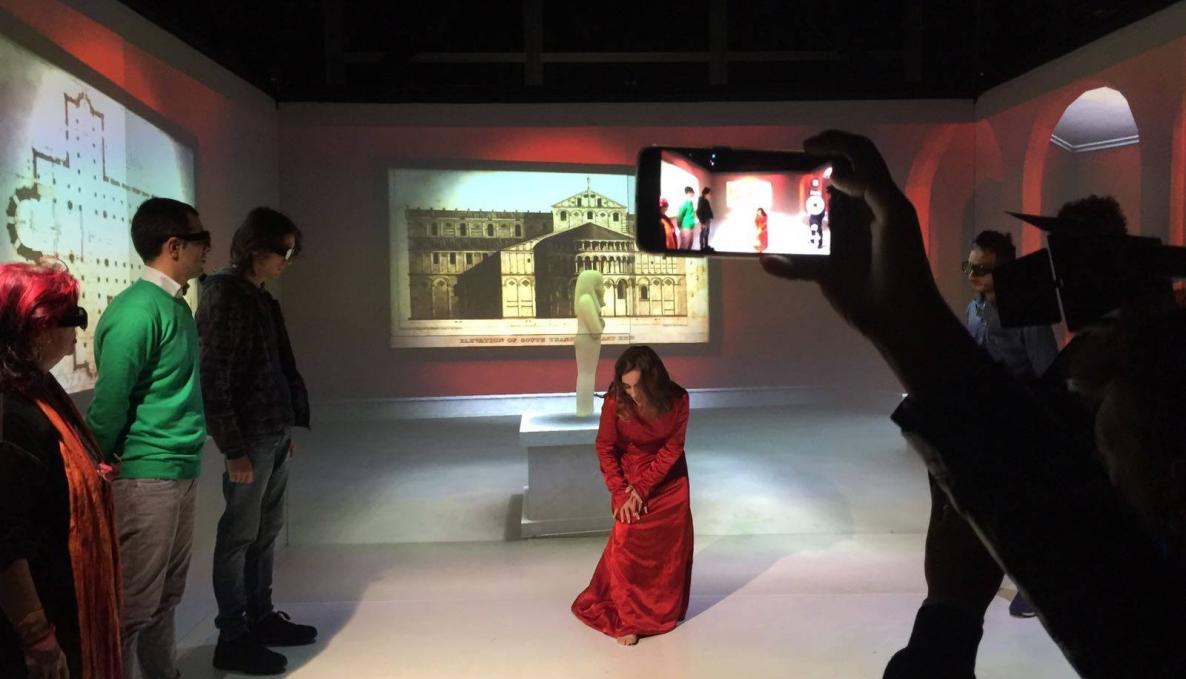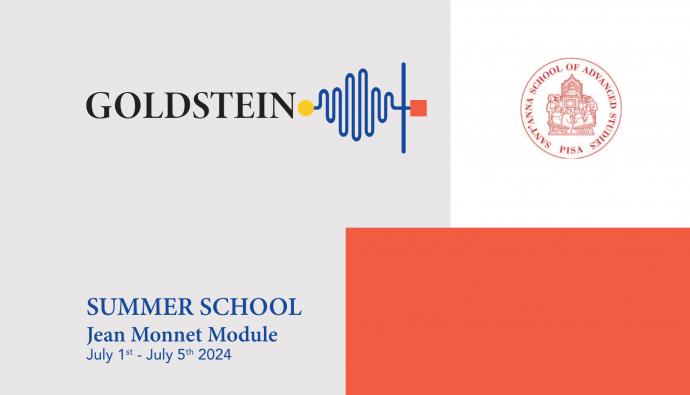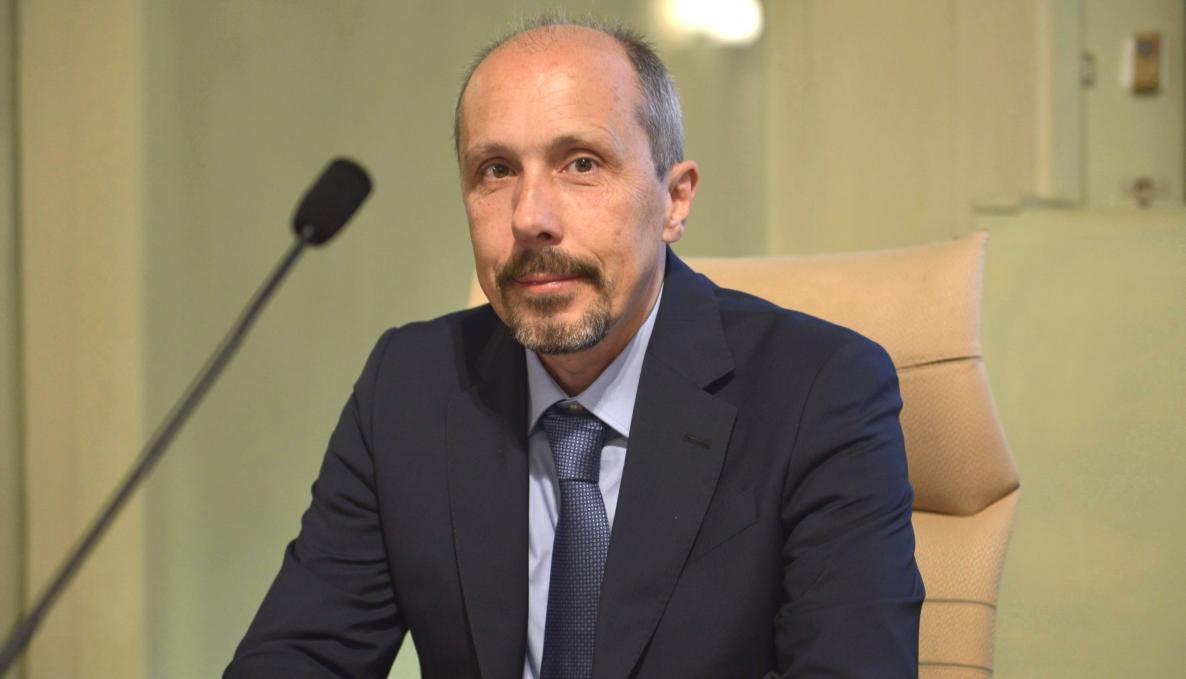VIRTUAL REALITY APPLIED TO DRAMATIC ARTS: SANT’ANNA SCHOOL PERCRO LABORATORY AND THEATRE ACADEMY FLORENCE PARTICIPATE IN THE CELEBRATION OF ART AND PERFORMANCE THROUGHOUT TUSCANY. A NEW PLAY EDITED BY PERCRO LAB WILL BE STAGED FRIDAY, FEBRUARY 16

The PERCRO Perceptual Robotics Lab. of Sant’Anna School TECIP (Communication, Information and Perception Technologies) Institute has contributed to design limitless environments and sets of “The Countess of Albany”, a work developed by the Theatre Academy Florence that will be staged on February 16 at 8.45 pm in Florence Sala d’Arme - Palazzo Vecchio, as part of the Festa della Toscana Festivals. The Tuscany Festival has grown to include new virtual reality technologies applied to performing arts, as well as a perspective on political and administrative reforms of Peter Leopold, Grand Duke of Tuscany from 1765 to 1790.
“The Countess of Albany” by Pietro Bartolini, director of the Theatre Academy Florence, is supported by the Presidenza del Consiglio della Regione Toscana and the Presidenza della Commissione Cultura del Comune di Firenze. “The Countess of Albany” is set in Tuscany in the late 18th century under the reign of Peter Leopold of Lorraine, later Holy Roman Emperor Leopold II, and is performed by the actors of the Theatre Academy Florence.
In 1774, Princess Louise of Stolberg-Gedern, commonly known as the Countess of Albany, settled in Florence with his husband Prince Charles Edward Stuart (he used the title Count of Albany as an alias). In 1780, Princess Louise left Prince Charles and was involved in an adulterous relationship with Vittorio Alfieri. The drama is seen through the eyes of several famous “narrators” Vittorio Alfieri, Ugo Foscolo, Madame De Stael, Gino Capponi, Cosimo Ridolfi, Pierfrancesco Rinuccini, Luigi Cherubini, Corinna Olimpica, and Antonio Canova.
In the late 18th century, the salon of the Countess’ house was a center of intellectual life. It provided a vehicle for the social life of the European elite where artists, writers, and philosophers could meet and share ideas.
The “enlightened despot” Peter Leopold carried out many major political reforms. He abolished the death penalty in Tuscany on 30 November 1786 and brought the grand duchy to a high level of prosperity in line with the progress of reforms of the age of enlightenment.
The actors of the Theatre Academy will perform in immersive virtual reality environments edited by Marcello Carrozzino and Chiara Evangelista researchers of the Perceptual Robotics Laboratory directed by Professor Massimo Bergamasco. Since 2016, Pietro Bartolini, Massimo Bergamasco and Percro Lab. researchers Marcello Carrozzino and Chiara Evangelista have built their sets in this new virtual environment. Actors interacted with the scenery during a multi-dimensional theatre performance in real time and researchers also gave lectures on immersive virtual reality environments applied to arts education.
Vincenzo Arnone, writer and dramatist, will welcome the audience and provide his perspective on Jansenism in Tuscany under Grand Duke Leopold and the influence of the Jansenist doctrines on philosophy and politics - parliamentarian/constitutionalist views of civil government and a distrust of the temporal and coercive power of the papacy by the “enlightened despots” Peter Leopold and Joseph II of the Lorraine dynasty.
Admission is free and open to the public.
Cover photo: a special production offered by the PERCRO Lab. and Theatre Academy Florence



